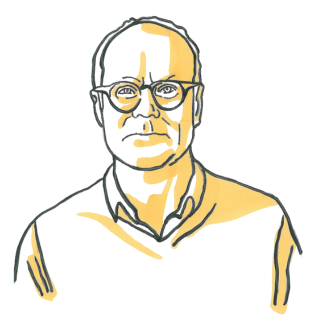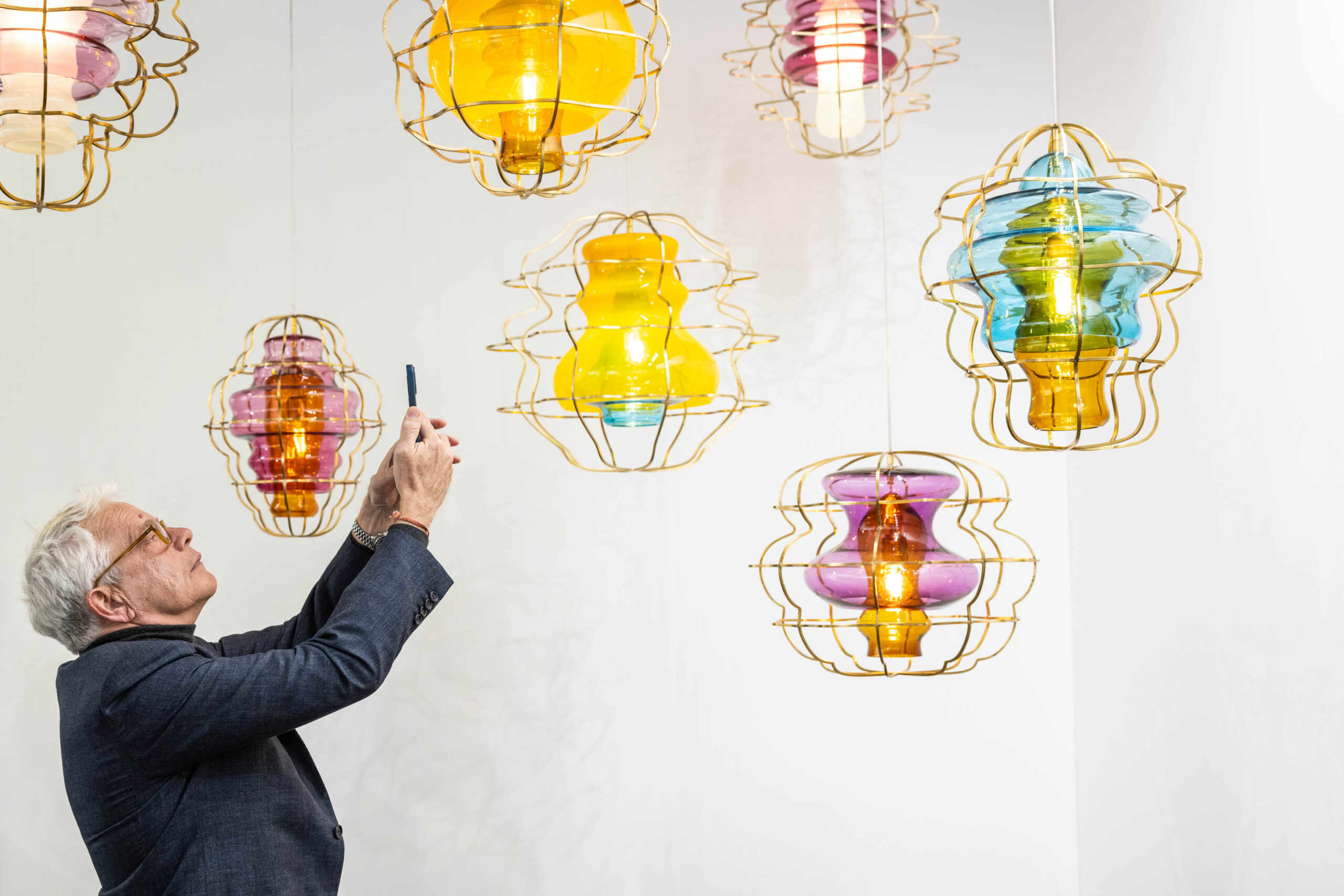
Charting Amazofuturism at ARCOmadrid
This year, ARCOmadrid invites us to experience Wametisé: Ideas for an Amazofuturism, celebrating the Amazon as a vibrant, living source of creativity and connection. Guided by Denilson Baniwa and Mar.a Wills, the fair bridges art and ecology, offering a heartfelt journey into visionary futures.
by Frédéric de Goldschmidt
The art calendar of the year revolves around an increasing number of biennales and art fairs. Two events are almost never missed by art professionals: the Biennale in Venice and Art Basel. These two events attract the highest number of visitors—700,000 in Venice (30,000 of those during the preview week reserved for professionals) and around 80,000 for Art Basel and its sister editions in Miami and Paris.
For those of us immersed in the art world, fairs like these are more than just exhibitions—they’re vibrant meeting points where the global art community converges. It’s not just the fairgrounds buzzing with energy; the entire city becomes a stage for socializing and creative exchange. You’ll find yourself rubbing shoulders with fellow connoisseurs, curators, collectors, and artists—not just in the booths, but in the streets, at charming local restaurants, and even at the trendiest bars. The community spills out into the city, transforming it into a living, breathing celebration of art and connection.
This is particularly the case when ARCOmadrid takes over the Spanish capital early March, giving the city a bright and lively atmosphere as spring approaches. The fair distinguishes itself from others not only because of its high number of visitors —almost 100,000— but also because of the quality of its curated sections, performances, and discussion panels. I particularly enjoy participating in the International Collectors Program, which opens the doors of private collections or institutions that cannot be visited outside the fair dates. Local museums and galleries also align their best exhibitions with the fair.
ARCOmadrid has also cultivated a strong connection with South American artists and collectors, adding a distinctive atmosphere to the scene.
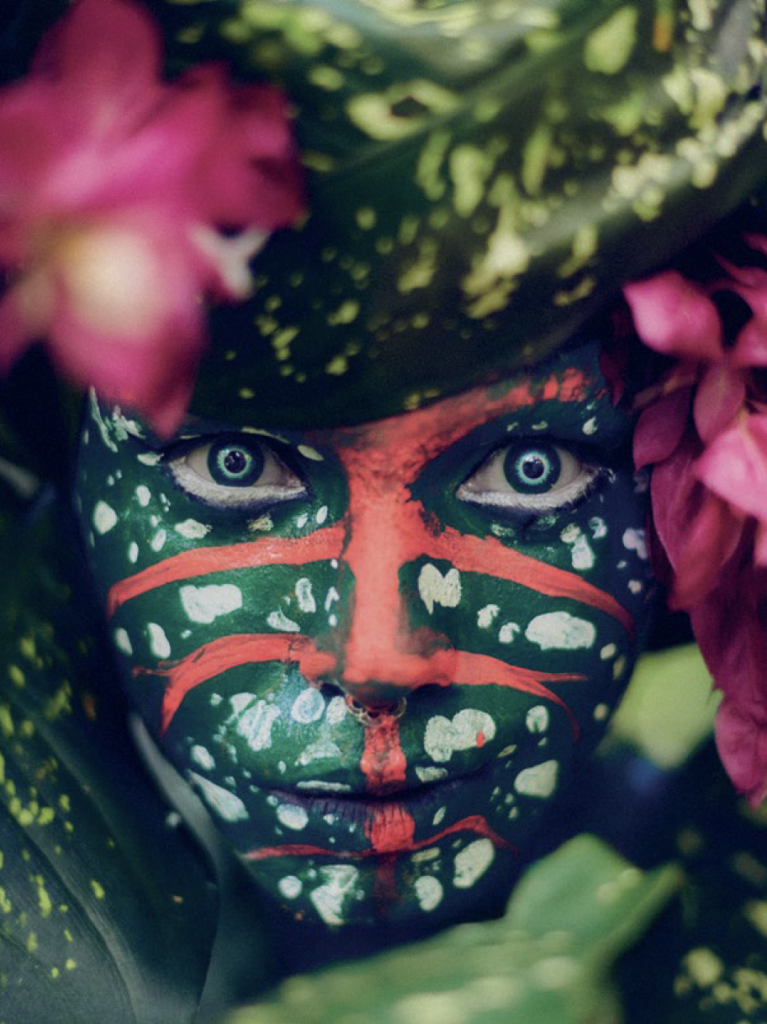
Wametisé: Ideas for an Amazofuturism
This year’s central project, Wametisé: Ideas for an Amazofuturism, is devoted to the Amazon. It is curated by Denilson Baniwa, a Brazilian artist indigenous to the Baniwa people of the Amazon, and Colombian curator María Wills Londoño. This follows The Mediterranean: A Round Sea in 2023 and The Shore, The Tide, The Current: An Oceanic Caribbean in 2024. When I started attending the fair, the focus used to be on a chosen country. I asked Maribel López, the director of the fair, about the shift. She explained: “The idea behind this threeyear investigation is to analyze geographical contexts from a different point of view. We thought of water as a link between culturally rich and complex scenes: the seas, the oceans, the rivers. All water masses connect contexts, bring them into contact, and also create tensions between them. Art is a fluid thought that can enter spaces where it is not expected and can connect us, sometimes without us even wanting to. Art creates connections and can create tensions, just like water.”
Listening to the Amazon’s Voices
I discovered the work of Denilson Baniwa as an artist at the São Paulo Biennale in 2023 and as a curator at the Venice Biennale in 2024. I asked him about his objectives. He replied:
“The Amazon is, beyond its geographical scope, a social and economic state of coexistence and sharing of memories. It is a living entity, endowed with its own life. Many people outside the Amazon treat it as a place to be explored or protected, but for those who live there, the Amazon is a space that goes far beyond dispute or protection. It is not a monochromatic space; it has many colors to be thought about. It is important to listen to the voices of these people. Instead of a voyeuristic view of the Amazon, we wanted to relay voices from the inside out. The Amazon is much bigger than a disputed space; it is a living space, full of creativity, artistic life, and cultural richness that can be shared in Europe with everyone.”
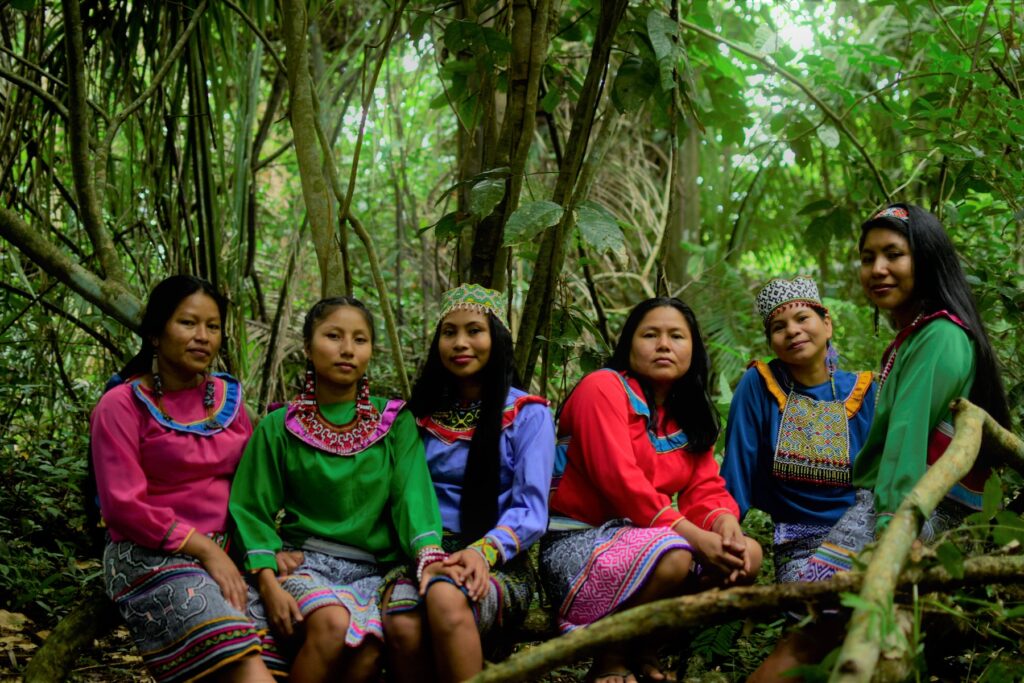
The Meaning Behind “Wametisé”
Wametisé, according to the cosmogony of some peoples of the Amazon, refers to the creation of the world, where the great serpent that carried humanity in its belly placed each person in a specific territory. Upon leaving the serpent’s mouth, they introduced themselves and named the place where they would live. Wametisé literally means “named places,” or, more loosely, “places in transformation”—places shaped by the contact and presence of certain beings.
The curators want visitors to see the world through the eyes of artists from the Amazon, where identity is built from the connection between beings. They also intend to act for the future by presenting creations inspired by the need for forests and rivers to have their own rights. This vision underpins the concept of “Amazofuturism,” which seeks spaces for new material and spiritual universes where the artistic object is understood far beyond its existence as a commodity.
Denilson Baniwa elaborates: “Although museums give greater freedom, art fairs offer artists not only visibility but also the opportunity to sell works while they are alive. Many Amazonian artists only received recognition and sold their works after they died. It is important to ensure that they benefit from their work while they are still alive. For this reason, an art fair can give them opportunities that they might not reach on their own.”
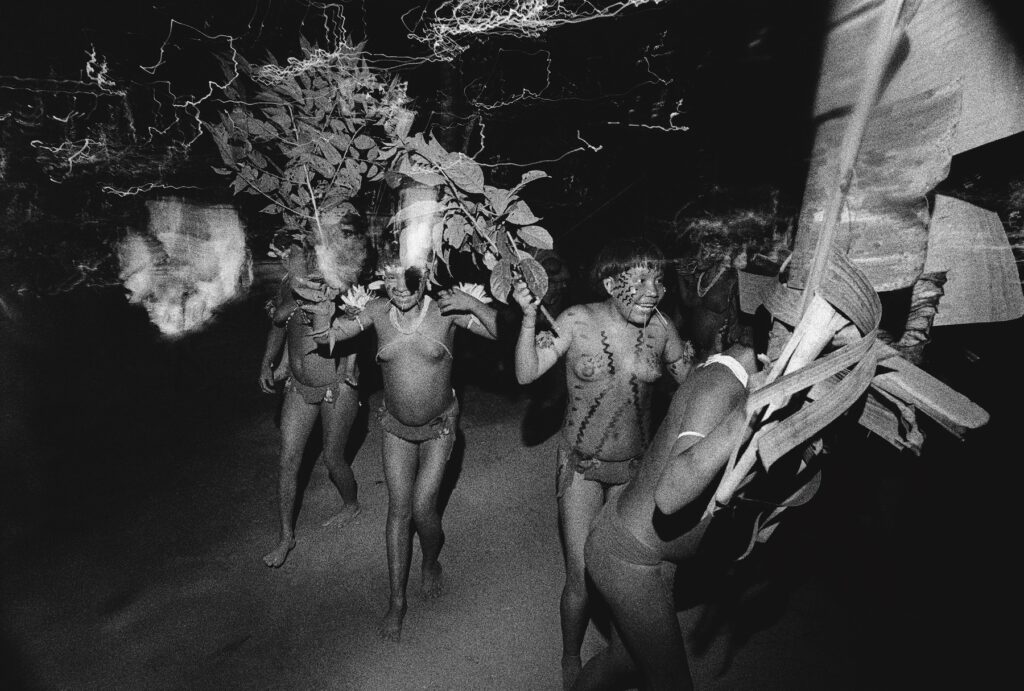
Expanding the Dialogue Between Worlds
I also spoke to his co-curator, María Wills: “ARCOmadrid allowed us to approach the Amazon as a concept that offers multiple narratives about sustainable living. The stories and experiences of indigenous peoples are like portals to ways of caring for the world. The European gaze often saw many creations as primitive when, in reality, they were absolutely futuristic and visionary. The failure of the neoliberal model revealed the need to investigate indigenous worlds marginalized by hegemonic discourses. There is a growing interest in opening dialogues between contemporary art and the artistic and material culture of the indigenous world.” She emphasizes the need for care: “Speaking ‘with,’ not ‘for’ communities, is essential.” Among the over 30 artists presented by 16 galleries, most come from the area. Chonon Bensho, for instance, is part of the Shipibo-Konibo in Peru.
She participated in Shamanic Visions, an exhibition at the Quai Branly Museum in Paris that explored how ayahuasca, a psychedelic substance, is closely linked to artistic creation in the Amazon. Aycoobo (Wilson Rodriguez), from Colombia, who was part of the last Venice Biennale, is also influenced by the spiritual use of plants.
Some long-time activists who have denounced abuses to communities and ecological crimes are also featured, such as Claudia Andujar, originally from Switzerland, who devoted her life to photographing and protecting the Yanomami people. Look out for what Uýra Sodoma will present at the fair and during their performance at the Reina Sofia Museum during the opening party. As a trans activist-biologist-artist from Manaus, Uýra pushes for an interspecies approach to science and art.
While scientists approach ecology with data and lawmakers with regulations, artists forge immediate, emotional connections to pressing ecological issues. Art fairs like ARCOmadrid not only enable these artists to share their visions but also allow us to bring them home.
Discover Frédéric’s full story and his list of places to visit in Madrid, in the first issue of Centre Mag.
